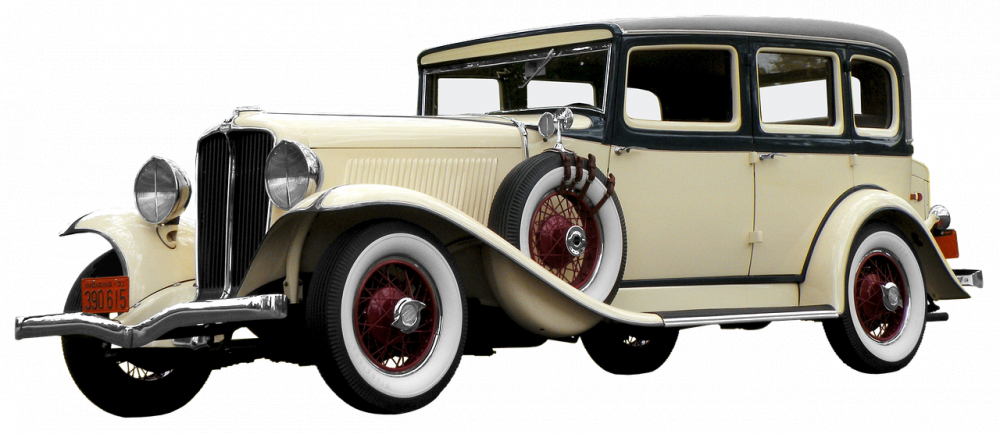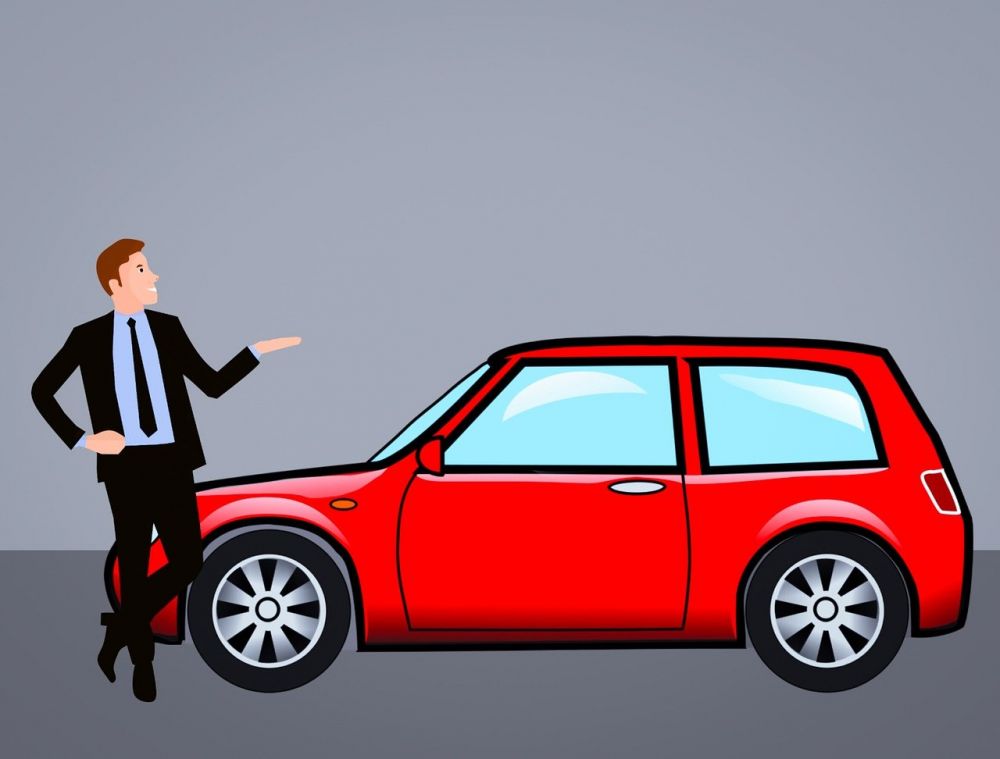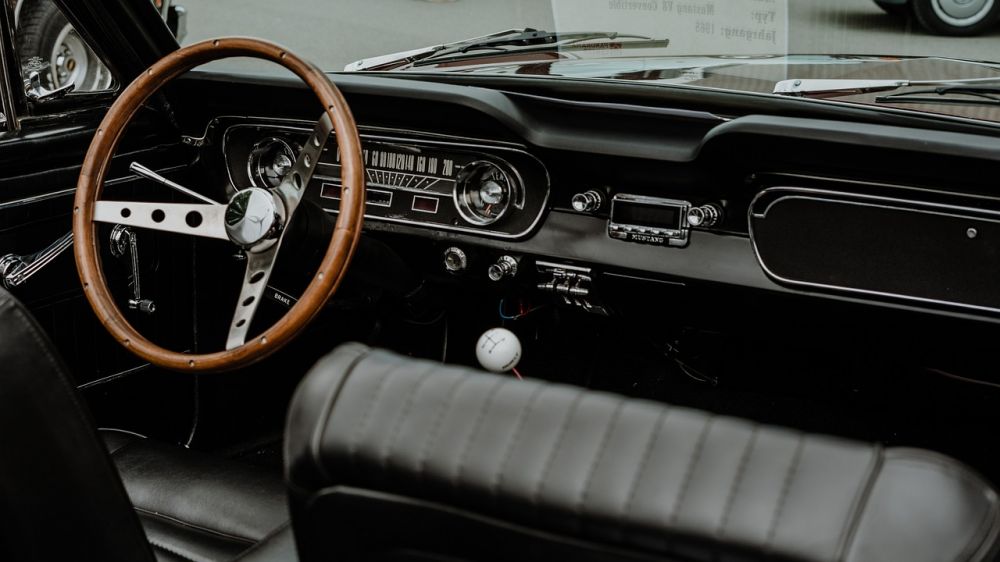The Comprehensive Guide to Leasing Used Cars: Types, Advantages, and Historical Analysis

Introduction:
Leasing a used car has become an increasingly popular alternative to buying a vehicle outright. This comprehensive article will provide an in-depth overview of leasing used cars, including its definition, various types of leases, popular options, quantitative measurements, differences between leases, and a historical analysis of the pros and cons. As car enthusiasts, it is important to understand the ins and outs of leasing used cars to make informed decisions before entering into such agreements.
1. What is Leasing a Used Car?
Leasing a used car involves entering into a contractual agreement where you pay a monthly fee to use the vehicle for a specific period. Unlike financing or buying outright, you do not own the car at the end of the lease term. Instead, you return it to the lessor and may have the option to lease or purchase another vehicle.
2. Types of Leases and Their Popularity:

a. Closed-end leases: The most common type of lease, where you return the vehicle at the end of the lease term without any additional financial obligations.
b. Open-end leases: Typically used for commercial purposes, where you may be responsible for covering any negative equity.
c. Single-payment leases: An upfront payment for the entire lease term.
d. Subleasing: Leasing a used car from someone other than the original lessee.
Popular options may include leasing certified pre-owned cars from manufacturers, dealership leases, and third-party leasing companies.
3. Quantitative Measurements of Leasing Used Cars:
a. Monthly payments: Typically lower compared to financing a new car.
b. Mileage restrictions: Leases often come with annual mileage limits.
c. Upfront costs: Down payments and security deposits may be required.
d. Vehicle depreciation: Understanding how the car’s value decreases during the lease term.
4. Differences Between Leasing Used Cars:
Leasing used cars can vary based on:
a. Age and mileage limitations: Different lessors may have specific criteria on the allowable age or mileage for leased vehicles.
b. Condition expectations: Understanding the condition the leased vehicle should be returned in.
c. Vehicle customization: Restrictions on modifications or customizations during the lease term.
5. Historical Analysis of Lease Advantages and Disadvantages:
a. Advantages:
– Lower monthly payments
– Access to newer models
– Reduced maintenance costs
– Taxes may be lower
b. Disadvantages:
– No ownership at the end of the lease term
– Mileage restrictions
– Potential for additional fees
– Limited customization options
Conclusion:
Leasing a used car provides a flexible option for car enthusiasts, enabling access to newer models while avoiding the long-term commitment of vehicle ownership. By understanding the various types of leases, quantitative measurements, differences between leases, and the historical advantages and disadvantages, individuals can make informed decisions when considering leasing a used car.
By familiarizing ourselves with the world of leasing used cars, we broaden our automotive knowledge and empower ourselves to make educated choices as car enthusiasts. Whether it be the allure of lower monthly payments or the chance to drive the latest models, leasing used cars offers a compelling alternative to traditional car ownership.





